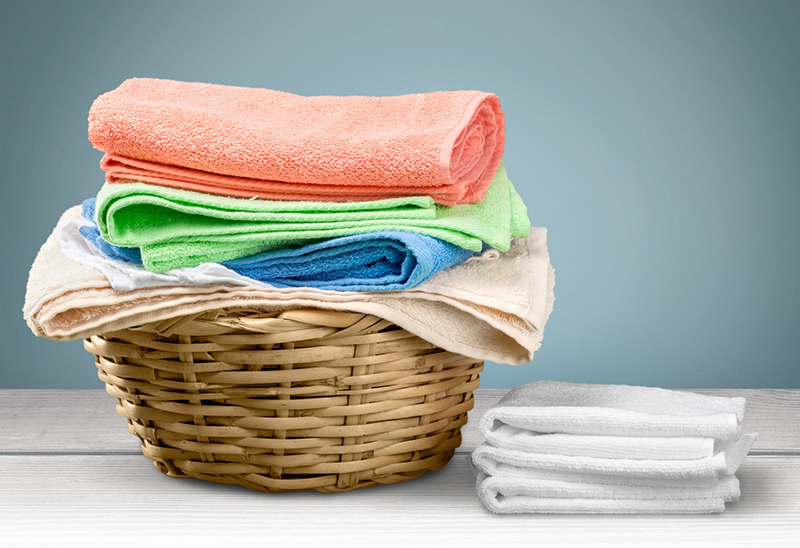
The secret to that perfect wash has always never been a secret but rather something that most of us simply overlook. Here are some tips that may help you remind of the little things before, during and after washing day.
- Read the labels. The tags you find in those shirts have a purpose. Most of these labels provide instructions on the recommended cleaning type for each fabric.
- Do the colorfastness test. If you’re unsure if a fabric bleeds, dampen it in a discreet spot (like an inside seam), wait a minute or two, and blot with a white cloth; if the white cloth takes on color, the garment is not colorfast. Always wash colorfast clothes separately. A good tip is to include an old white piece of cloth until it emerges without any color to the fabric that bleeds. You can then add it to the rest of your wash after.
- Separate. Always group whites and light colors together, dark clothing in another. Separate the extremely dirty clothes. Zip zippers, tie drawstrings, empty pockets, and unroll cuffs. If you see a loose hem or a split seam, fix it.
- Pre-treat stains. Tackle any stains before loading the washer. Remember that the earlier the stain, the easier it is to remove. Presoak heavily soiled clothes for a half hour in a separate container before washing them.
- Add detergent. Powdered detergents are better on mud and clay and hard water. Liquid detergents on the other hand, have the edge on greasy stains. Use the recommended amount: Too much detergent won’t rinse out, while too little won’t clean well. Use one product at a time (fabric softener, bleach, etc.) at a time.
- Start loading. Add the clothes and distribute them evenly and loosely. A large load should be only about three-quarters full, so clothes can move.
- Set the time. A short wash time of about eight minutes is sufficient on average. The heavily soiled clothes require a longer time.
- Choose the right washer cycle. Regular — for sturdy or heavy cottons and very dirty clothes; washer agitates and spins at high speed. Permanent press — for most average loads; easier on clothes in general. Delicates — lightweight, sheer, lacy, and loosely woven fabrics; washer agitates and spins slowly, approximating hand-washing.
- Water temperature. Use hot water (120 degrees) to keep whites white. This temperature is also ideal for colorfast clothes. Warm water (90 degrees to 110 degrees) is good for most average loads. Cold water (below 85 degrees) is best for bright colors that are likely to fade and for delicates. Take note that detergents are less effective in water below 65 degrees. Shrinkage always is caused by heat — either from the dryer or hot water in the washer.
- Dryer setting. Most washing machines that have dryers have a setting called Electronic or Automatic Dry, this lets you choose how dry you want the clothes to be rather than how long you want them to dry. The best way is to dry your clothes the old-fashioned way: on a clothesline or drying rack.

If all fails, you can always trust your clothes on the professionals like Willette’s Home Laundry. Our goal is to make it easy and convenient for you seven days a week!


Speak Your Mind